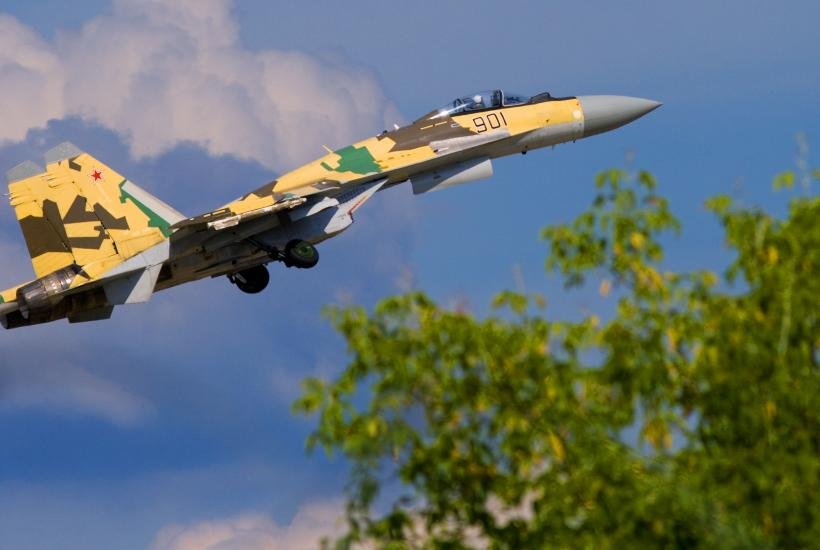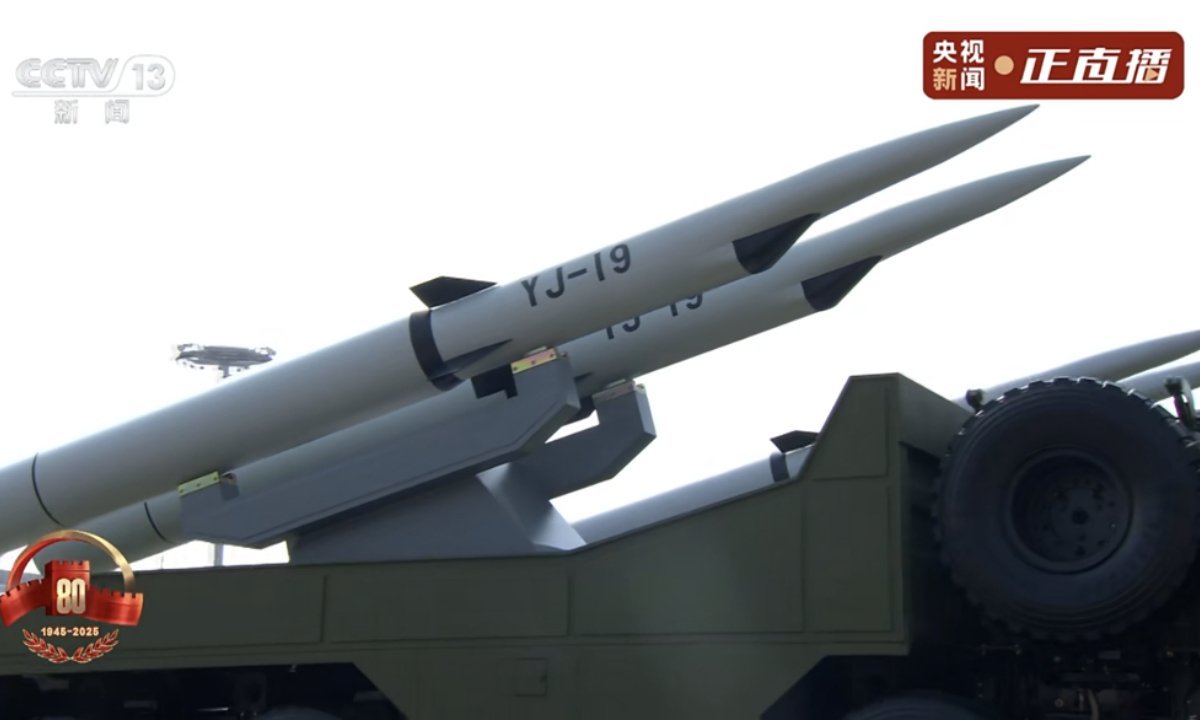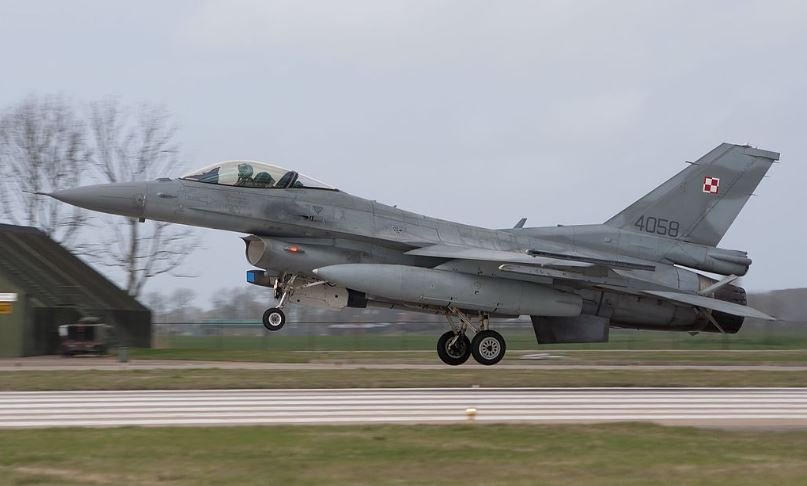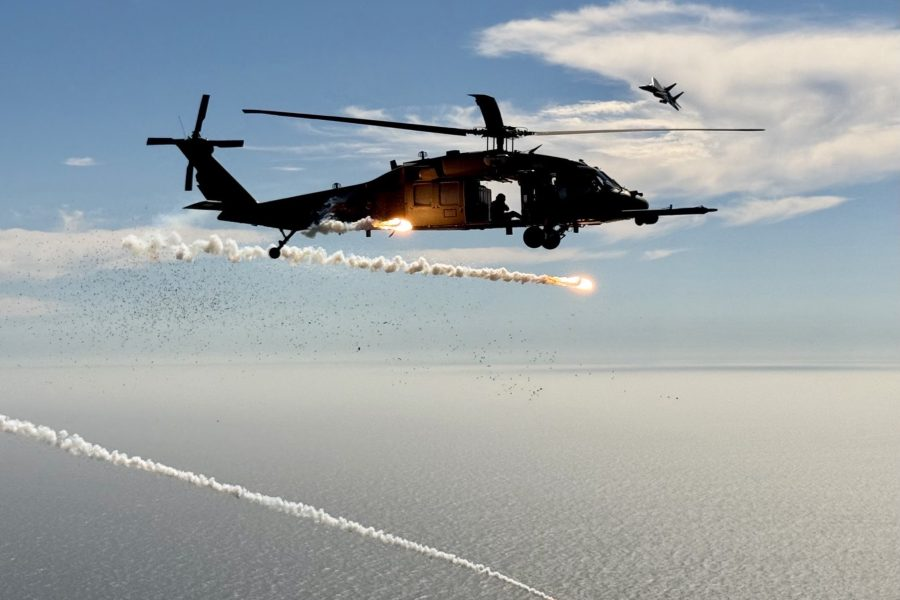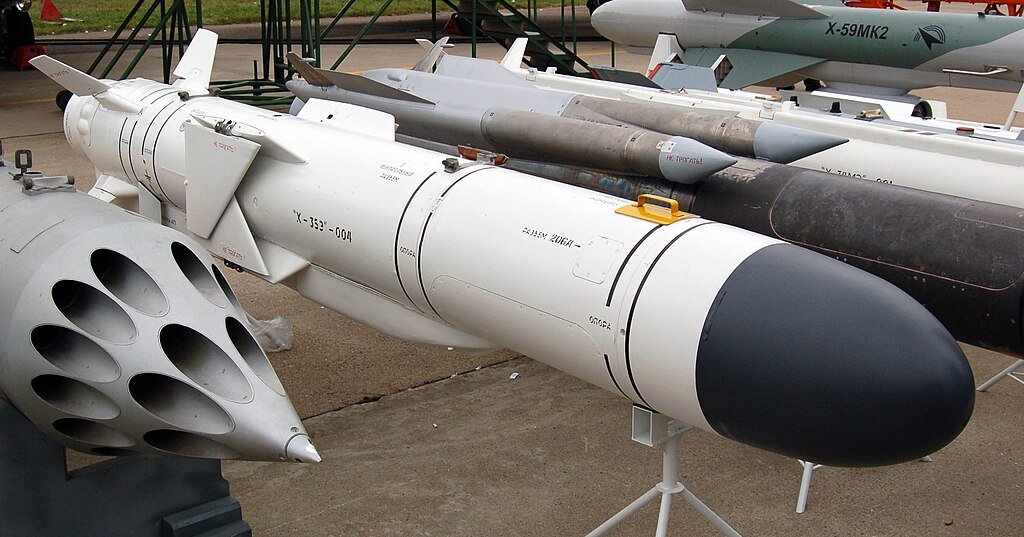
China’s Drone Empire: A Threat to Taiwan and the US
China, September 8, 2025 – China is increasingly emerging as a global military power, with drone technology playing a key role in its strategy and military ambitions. Drones, from highly advanced UAVs to low-cost kamikaze models, are becoming an integral part of the Chinese military and its potential in the event of conflict, especially in the Taiwan area.
In recent years, there has been a significant shift in Chinese military doctrine, which increasingly relies on technological innovation. Drones represent one of the main pillars of this modernization, whether in the form of highly advanced, large UAVs or low-cost “kamikaze” drones. This trend is particularly noticeable in the context of Beijing’s growing military ambitions towards Taiwan and its response to the US military presence in the Pacific.
HALE UAV (High Altitude Long Endurance)
High-altitude long-endurance UAVs (HALE) are a key component of China’s modern military force, particularly for their ability to conduct long-duration missions at high altitudes, gather intelligence, and conduct strikes at long distances. This category of drones is primarily used for strategic reconnaissance operations, terrain reconnaissance, and monitoring enemy activities.
The Wing Loong-10 is one of the latest additions to China’s HALE UAV family, developed and manufactured by the Aviation Industry Corporation of China (AVIC). It is designed for strategic reconnaissance and attacks on distant targets, making it ideal for long-term operations in areas with high levels of military activity. With a length of 9 meters, a wingspan of 20 meters, and a height of 3.66 meters, the Wing Loong-10 is a medium-sized UAV that achieves a maximum take-off weight of 3,200 kg and an empty weight of 2,300 kg. It is powered by a WP-11C or ZF850 engine, which gives it a speed of up to 620 km/h. With an endurance of 20 hours and the ability to operate at a service altitude of up to 15,000 m. It is equipped with advanced radar and optical sensors that allow it to conduct accurate reconnaissance day and night, even in bad weather. It is characterized by high flexibility on the battlefield due to its ability to carry a wide variety of weapons, including guided missiles and guided bombs (CS/BBM3, YL-12, GB-4). This makes it effective for both reconnaissance and attack operations. The drone is also equipped with electronic warfare, which allows it to jam enemy communication and radar systems.

The Guizhou WZ-7 Soaring Dragon is another HALE UAV, which is mainly used for strategic reconnaissance and long-range monitoring. This drone was developed by the Chinese company Guizhou Aircraft Industry Corporation and is an advanced tool for providing wide-ranging intelligence. The WZ-7 is similar in capabilities to the American MQ-9 Reaper, with several improvements based on China’s specific requirements. The WZ-7 is a 14.33 m long, 24.86 m wingspan and 5.41 m high unmanned aerial vehicle. It is powered by a WP-13 engine with a thrust of 43.1 kN, which allows it to cruise at a speed of up to 750 km/h and a service altitude of up to 18,000 m. The drone has a range of up to 7,000 km, allowing it to operate over long distances, and is capable of carrying out combat missions at distances of up to 2,000 km. With an endurance of up to 10 hours, advanced radar and optical sensors, it allows it to conduct surveillance over large areas and collect valuable intelligence.

MALE UAV (Medium Altitude Long Endurance)
This category represents a mid-range drone class that combines high endurance with medium-altitude operations. These drones are ideal for long-term reconnaissance and tactical operations, while excelling in their ability to provide high-quality intelligence and real-time support, making them essential for the modern battlefield. MALE UAVs are capable of performing a wide range of missions, including surveillance, threat detection, landing and offensive operations, allowing them to significantly influence military strategy. For China, MALE UAVs are a key tool in its military doctrine, playing a crucial role not only in regional conflicts but also in the projection of military power.
The Tengden TB-001 is a Chinese MALE UAV that is characterized not only by its long endurance but also by its great flexibility. This drone is primarily intended for intelligence, reconnaissance and combat operations, making it a universal tool for the modern army. With a maximum flight altitude of up to 8,000 meters and in the case of the improved version it is up to 9,500 meters. Its range is up to 6,000 km with a maximum take-off load of 2,800 kg. The TB-001 is equipped with advanced sensors and optical systems that allow it to conduct high-resolution day and night reconnaissance. It also has the ability to carry a wide range of weapons, AR-4 air-to-sea missiles, AR-3 cruise missiles and FT-8D, FT-10 air-to-ground missiles. It can also operate with several types of bombs: 250 kg laser-guided bombs, FT-7 glide bombs and FT-9 guided bombs, making it an effective offensive tool on the modern battlefield. Its long air endurance (up to 35 hours) means it can track and monitor large areas for long periods of time, giving it an advantage in operations on large fronts, such as in the Taiwan Strait or the South China Sea.

The Chengdu GJ-2 is a highly advanced MALE UAV developed by Chengdu Aircraft Industry Group for a wide range of military operations. The drone features excellent performance parameters that make it ideal for combined missions, including high-precision bombing and reconnaissance. With a length of 11 meters and a wingspan of 20.5 meters, the GJ-2 is a medium-sized UAV and with a maximum take-off weight of 4,200 kg, it offers a robust platform for a wide range of weapons, including bombs (FT-10, FT-9, FT-7, GB7, GB4) and missiles (BRM1, AKD-10, BA-7). The drone has a maximum speed of 370 km/h and a cruising speed of 200 km/h, making it a highly maneuverable machine for precision strikes on highly protected targets. Thanks to its high endurance (32 hours in the air) and the ability to operate at medium and high altitudes up to 9,900 m, the GJ-2 is ideal for long-term operations in various climatic conditions, including night missions and adverse weather. In terms of avionics, the GJ-2 is equipped with an air-to-ground radar, a GPS communication system, an electro-optical pod with cameras for day and infrared imagery, and satellite communication. This allows it to obtain intelligence data even in difficult conditions and coordinate attacks in real time. The drone has a communication range of more than 1,000 km via satellite communication, which is advantageous for operations on remote fronts where quick and precise strikes on key targets are needed. The GJ-2 is designed to operate in combination with other UAVs or manned aircraft, which increases its flexibility and effectiveness on the battlefield, both in carrying out attacks and in obtaining valuable intelligence. Its versatility and ability to carry out precision strikes make it a very effective platform for combat operations. Its successor will be the Chengdu Wing Loong-3.

Designed for highly effective reconnaissance operations, the BZK-005 is intended to monitor large areas and detect enemy movement. With a length of 9 meters and a wingspan of 19 meters, it reaches a maximum take-off weight of 1,250 kg, which allows it to carry a load of up to 150 kg, including advanced radar and optical sensors. With a cruising speed of 150-180 km/h and the ability to stay in the air for up to 40 hours, its range is up to 8,000 m, which allows it to operate over wider territories without the risk of being hit by enemy assets on the ground. It is also capable of conducting reconnaissance even in difficult weather conditions, making it an indispensable tool for modern military operations. One of the most important features of the BZK-005 is its ability to communicate in real time with ground units and other UAVs, which ensures rapid transmission of intelligence and effective coordination of military operations.
Kamikaze UAV
One of the latest Chinese kamikaze UAVs is the PD-2900. The drone’s body is made of carbon fiber and composite materials, which gives it high strength while minimizing weight. This design not only improves aerodynamics, but also ensures greater durability and efficiency during operations. The drone is capable of carrying up to 100 kg of military equipment, making it a flexible and effective platform for various types of attacks. The 160-liter fuel tank, equipped with explosion protection, allows the drone to have visibility of up to 2,500 km from its starting point, making the PD-2900 an ideal choice for long-distance expeditions. As for its launch, the PD-2900 can take off using a catapult or rocket support, which allows it to take off quickly and effectively even from unprepared areas. The drone is autonomous, which means it can operate without the need for direct human intervention during missions, which increases its effectiveness on the battlefield. Its ability to stay airborne for up to 12 hours ensures that it can carry out long-term reconnaissance and attack missions, making it an ideal choice for asymmetric conflicts and various types of combat operations. What makes the PD-2900 even more interesting is its camouflage and advanced technological systems, which include electronic jamming and terrain cloaking, which increase the chances of a successful attack and avoiding detection by enemy air defenses. These technologies make the drone very difficult to intercept, making it an effective weapon for operations in difficult military conditions.

In 2023, an order was announced to produce one million kamikaze drones, which represents a huge step in strengthening China’s military power in the field of UAVs. This order focuses not only on the production of kamikaze drones, but also on related technologies that will allow their massive deployment in a short time frame. These drones are aimed at strengthening China’s asymmetric combat capabilities, which aims to ensure that its military can carry out effective and affordable strikes on strategic targets without the need to deploy expensive and complex missile systems.
Recycling: from old MiGs to drones
Satellite images show that China has found new uses for old jet fighters from the Cold War era. Satellites from the California-based company Planet Labs recently captured more than 50 Shenyang J-6s at Liancheng Air Base. This machine, a Chinese copy of the Soviet MiG-19, has been used by the Chinese Air Force since the 1950s and by the 1980s had already shown significant technical shortcomings. Nevertheless, it was still used by the air force until the turn of the millennium, and today it is sometimes used in training mode as the Shenyang/Tianjin JJ-6. In recent years, there have been reports of these older fighter jets being converted into unmanned aircraft, suggesting that China has made significant progress in this area. The J-6W drones could provide a cheap and effective alternative for frontal attacks against advanced air defense systems. Due to the absence of a pilot, these machines can be deployed in large numbers, thus overwhelming air defenses and allowing the deployment of more sophisticated machines. This approach is similar to the American experiment with drones, where old F-16A fighters were converted into QF-16 target drones for training purposes. While the US is using them for training purposes, China has ambitions to use these drones in real combat scenarios, which shows the increasing flexibility and innovation of its military doctrine.
China has significantly strengthened its unmanned aerial vehicle (UAV) capabilities in recent years, which has become a key factor in its military doctrine. The rapid development of Chinese drones, from HALE (High Altitude Long Endurance) UAVs to kamikaze drones, points to their strategic importance for future conflicts, especially in the context of relations with Taiwan and the United States. Chinese military forces are focused on creating autonomous and multifunctional drones that have the potential to change the way modern wars are fought. In conclusion, drones will be a key element of military operations in the future, changing the shape of conflicts and military strategies on a global scale. China is on the verge of creating a drone empire, which will not only strengthen its military position, but will also have far-reaching geopolitical consequences for international relations and the military balance, especially in Asia and within the framework of global security.


Max Bach




